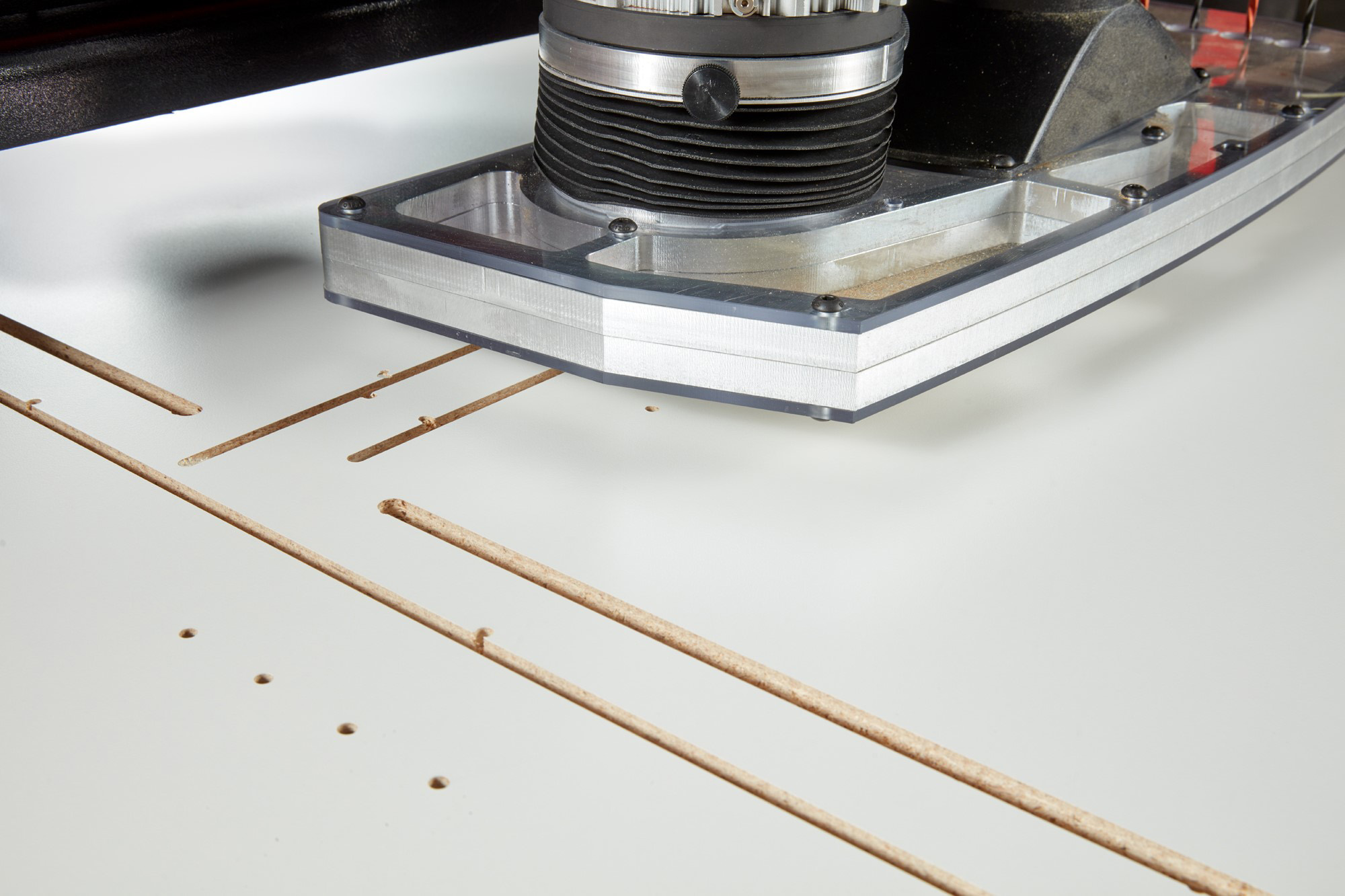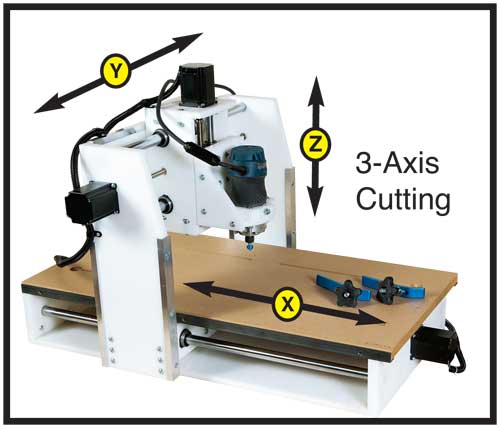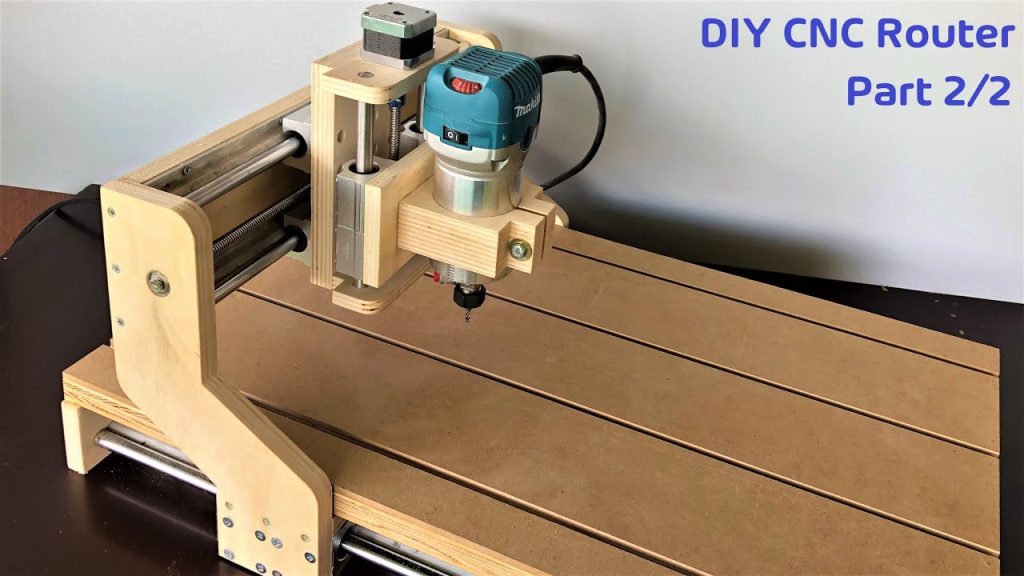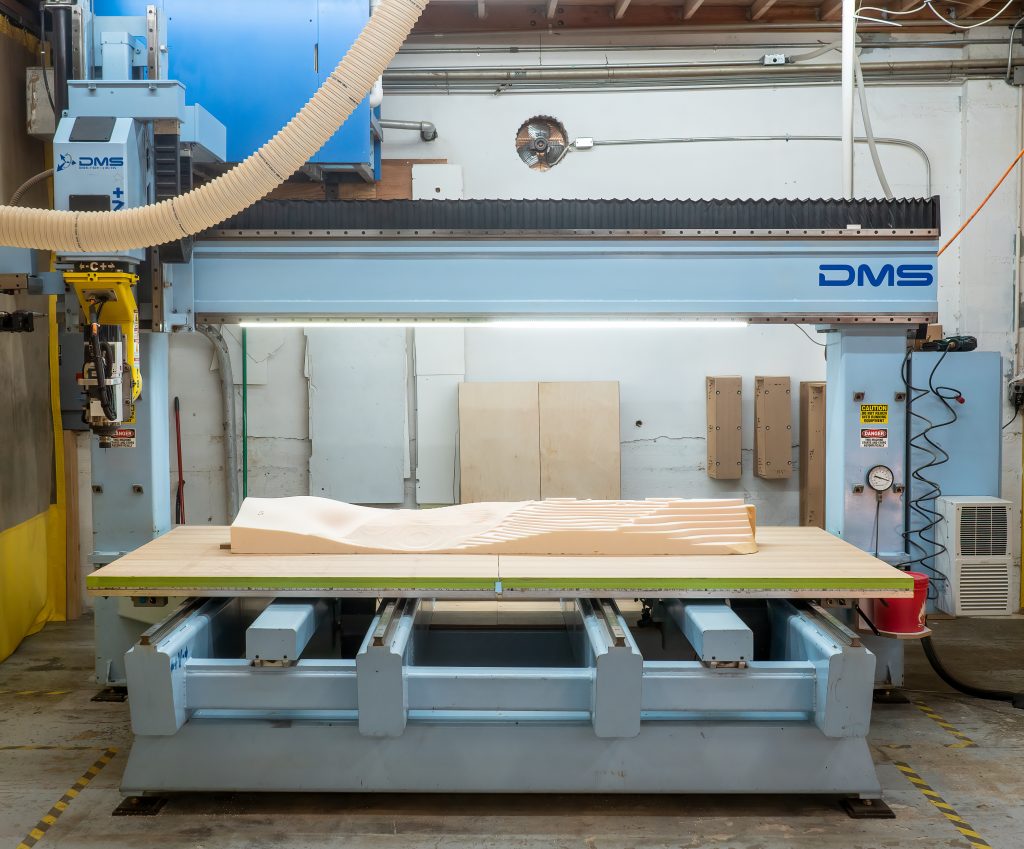Table of Contents
Are you tired of seeing old, worn-out furniture or decor that you just can’t seem to get rid of? Have you ever thought of repurposing these items into something new and unique? CNC routing through laminated trash might be the perfect solution for you.
CNC routing is a computer-controlled cutting process that can be used to create intricate designs and shapes. By using laminated trash as your material, you can transform old pieces into beautiful new creations. But is it really possible to CNC route through this type of material? Let’s explore the possibilities and find out how you can turn your trash into treasure.
Can You CNC Route Through Laminated Trash?
Are you looking for an eco-friendly alternative to traditional wood for your CNC routing projects? Laminated trash may be the answer. But can you CNC route through it? Let’s find out.
Understanding Laminated Trash
Laminated trash is a type of material made by compressing and fusing different types of waste materials such as paper, cardboard, plastic, and metal. The resulting material is durable, lightweight, and easy to work with. It is also an eco-friendly alternative to traditional wood as it utilizes waste materials that would otherwise end up in landfills.
When it comes to CNC routing, laminated trash can be a challenging material to work with. The different materials used to create the laminate can cause inconsistencies in the material’s density, making it difficult to cut through. Additionally, the adhesive used to bond the layers of waste materials can gum up the cutting tool, resulting in a less-than-perfect finish.
Benefits of CNC Routing Through Laminated Trash
Despite the challenges, CNC routing through laminated trash offers several benefits that make it worth considering. First, it is an eco-friendly material that utilizes waste materials, reducing the amount of waste that ends up in landfills. Second, it is lightweight and easy to work with, making it an ideal material for large-scale projects. Finally, it can be a cost-effective solution for projects that require a large amount of material.
Pros of CNC Routing Through Laminated Trash
- Eco-friendly
- Lightweight and easy to work with
- Cost-effective for large-scale projects
Cons of CNC Routing Through Laminated Trash
- Inconsistent density
- Adhesive can gum up cutting tool
Techniques for CNC Routing Through Laminated Trash
To successfully CNC route through laminated trash, there are a few techniques you can use to ensure a clean, precise cut. First, it is important to use a sharp cutting tool to avoid the adhesive gumming up the tool. Second, using a slower cutting speed can help prevent the material from melting or burning during the cutting process. Finally, using a vacuum table can help hold the material in place, reducing the risk of the material moving during the cutting process.
Techniques for CNC Routing Through Laminated Trash
| Technique | Description |
|---|---|
| Use a sharp cutting tool | To avoid adhesive gumming up tool |
| Use a slower cutting speed | To prevent material from melting or burning |
| Use a vacuum table | To hold material in place during cutting process |
Conclusion
CNC routing through laminated trash is a challenging but rewarding process. By utilizing an eco-friendly material that reduces waste and is easy to work with, you can create unique and sustainable projects that stand out. While there are some cons to consider, the pros make it worth exploring as an alternative to traditional wood. With the right techniques and tools, CNC routing through laminated trash can result in a clean, precise cut that meets your project needs.
Frequently Asked Questions
In this section, we will answer some common questions about CNC routing through laminated trash. If you have any further questions, please feel free to contact us.
Can you CNC route through laminated trash?
Yes, it is possible to CNC route through laminated trash. However, there are some considerations to keep in mind. Laminated trash can be made up of different materials, such as paper, plastic, and foil, which can have varying hardness and properties. This can affect the quality of the cutting and the life of the tooling.
It is important to use the right tools and cutting parameters for the specific laminated trash material you are working with. You may need to experiment with different settings to achieve the desired results. Additionally, it is important to properly dispose of any waste material generated during the routing process.
What tools are needed for CNC routing through laminated trash?
The tools needed for CNC routing through laminated trash will depend on the specific material being routed. In general, you will need a router bit that is designed for cutting through the laminated material. This may include specialized tools that are designed to cut through paper, plastic, or foil. Additionally, you will need a CNC router that is capable of handling the cutting parameters needed for the specific material being routed.
It is important to carefully select the right tools for the job to ensure that you achieve the desired results and minimize the risk of damage to the equipment or the material being routed.
What are the advantages of CNC routing through laminated trash?
CNC routing through laminated trash can have several advantages. First, it can be an environmentally friendly way to dispose of waste material by turning it into a useful product. Second, it can be a cost-effective way to produce parts or products that have specific dimensional requirements or complex shapes. Third, it can be a fast and efficient way to produce large quantities of parts with high precision and accuracy.
By using CNC routing to process laminated trash, you can reduce waste, save time and money, and produce high-quality products.
What are the limitations of CNC routing through laminated trash?
While CNC routing through laminated trash can have many advantages, there are also some limitations to keep in mind. First, the quality of the finished product may be affected by the properties of the laminated material being routed. Second, the tooling used for the routing process may wear out more quickly than when working with traditional materials. Third, the process may generate more waste or debris than traditional CNC routing processes.
It is important to carefully consider the specific application and material being routed to determine whether CNC routing through laminated trash is the best option.
What materials can be routed through CNC routing?
There are many different materials that can be routed through CNC routing, including wood, plastic, metal, and laminated materials. The specific material that is best for a given application will depend on the desired properties of the finished product, such as hardness, durability, and resistance to temperature, moisture, or other environmental factors.
When selecting a material for CNC routing, it is important to consider the specific requirements of the application, the availability and cost of the material, and the tools and equipment needed to process it.
In conclusion, CNC routing through laminated trash is possible with the right tools and techniques. While it may not be the most common practice, it offers a creative solution to repurpose and recycle materials that would otherwise end up in landfills. It requires a skilled operator and a CNC machine with adequate power and accuracy to handle the thickness and density of laminated trash.
Moreover, CNC routing through laminated trash can contribute to the sustainability efforts of businesses and individuals. By reducing waste and promoting circular economy principles, we can help protect the environment and conserve valuable resources. It also offers opportunities for innovative and artistic designs that can elevate the aesthetic value of recycled materials.
In summary, CNC routing through laminated trash is a viable option for those who are willing to explore unconventional ways of using materials. With the right mindset and equipment, it can lead to both practical and creative outcomes that benefit both the economy and the environment.
Request a quote today!
[contact-form-7 id="1578" title="Contact form"]
Please compress the file into a ZIP or RAR file before uploading. Alternatively, send through your RFQ by email.
enquires@unitymanufacture.com





